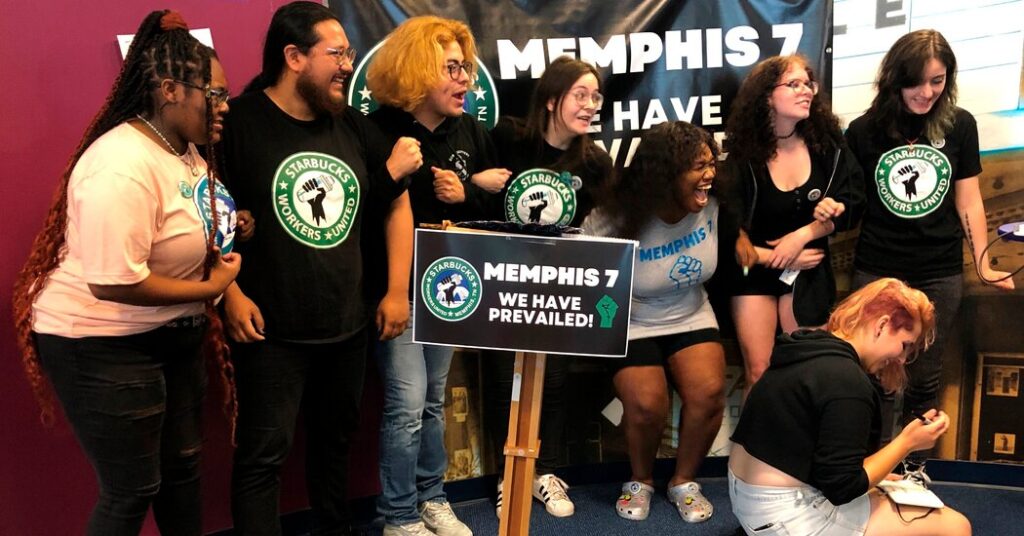The Supreme Court’s recent ruling in the case of Starbucks v. McKinney represents a pivotal moment in U.S. labor law, with far-reaching implications for workers’ rights and the regulatory framework governing labor relations. The case centered on the termination of seven Starbucks employees in Tennessee, known colloquially as the “Memphis 7,” who were dismissed amidst allegations of violating company policies during efforts to organize a union. The National Labor Relations Board (NLRB), responsible for overseeing and adjudicating disputes related to unfair labor practices, intervened by seeking court orders to reinstate these workers pending a thorough investigation.
At the heart of the Supreme Court’s decision was the interpretation of judicial authority in labor disputes, particularly concerning the circumstances under which courts can compel employers to reinstate terminated employees. The Court mandated a more stringent “four-factor” test for judges to apply before granting such reinstatement orders. This test requires a comprehensive assessment of factors beyond the immediate impact on labor relations, demanding a higher threshold of evidence to justify judicial intervention. By setting this precedent, the Court effectively raised the bar for future cases involving allegations of unfair labor practices and wrongful termination linked to union activities.
For proponents of labor rights and unionization efforts, the ruling represents a setback. It is viewed as potentially emboldening corporations to adopt more aggressive tactics to thwart union organizing, confident in the heightened legal protections now afforded to employers under the revised judicial standards. Critics argue that this could undermine the progress made in recent years toward strengthening worker protections and promoting collective bargaining.
The decision also underscores broader trends in labor relations and corporate governance. Major business groups, including the Chamber of Commerce and the National Association of Manufacturers, supported Starbucks in this legal challenge. They framed their support as a defense against what they perceive as an “anti-employer agenda” by the NLRB and the Biden administration, which has been vocal in its support for expanding workers’ rights and enhancing union power.
Moreover, the Starbucks case is part of a larger pattern where prominent corporations have contested NLRB decisions and regulations in court. Companies like Amazon, SpaceX, and Trader Joe’s have similarly challenged the constitutionality of NLRB actions, signaling a concerted effort to limit regulatory oversight and curtail union influence in the workplace.
In response to the Supreme Court’s decision, Starbucks expressed satisfaction with the application of consistent federal standards in labor disputes. The company reiterated its commitment to negotiating contracts with unionized workers, despite the legal challenges and contentious atmosphere surrounding the case.
Conversely, labor unions and their allies have voiced disappointment and concern over what they perceive as a judicial system tilting in favor of corporate interests at the expense of workers’ rights. They argue that the decision reinforces structural barriers that workers face in achieving fair treatment, collective bargaining rights, and effective representation in labor disputes.
Looking ahead, the ruling is expected to shape the landscape of labor law and policy debates in the United States. It underscores ongoing tensions between labor rights advocacy and corporate governance, highlighting the complex dynamics of workplace relations in an evolving economic and regulatory environment.
Ultimately, the Starbucks v. McKinney case serves as a critical juncture in defining the parameters of judicial intervention in labor disputes and the balance of power between employers and employees. Its ramifications extend beyond the immediate legal context, influencing the trajectory of labor relations and regulatory frameworks for years to come. As stakeholders continue to navigate these challenges, the outcomes of such cases will remain pivotal in shaping the future of work and labor rights in America.
